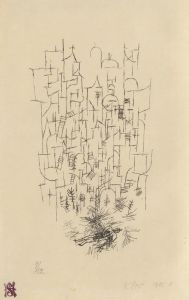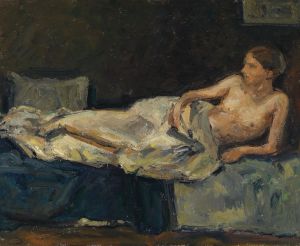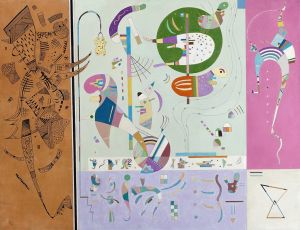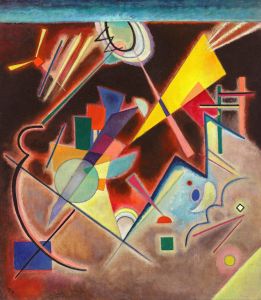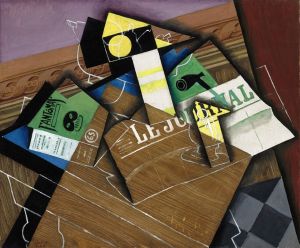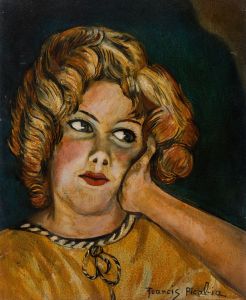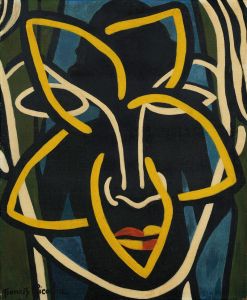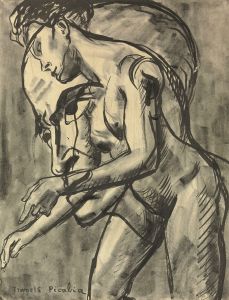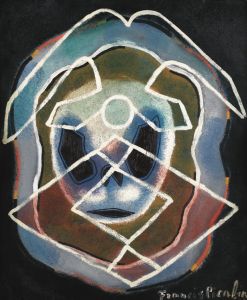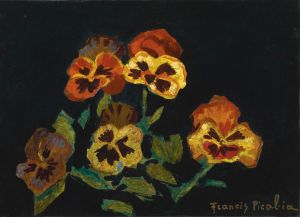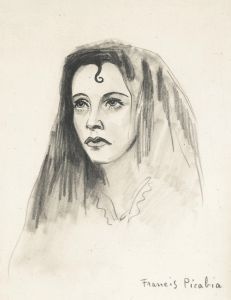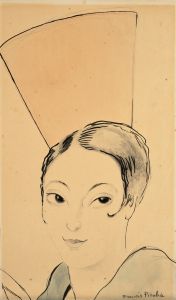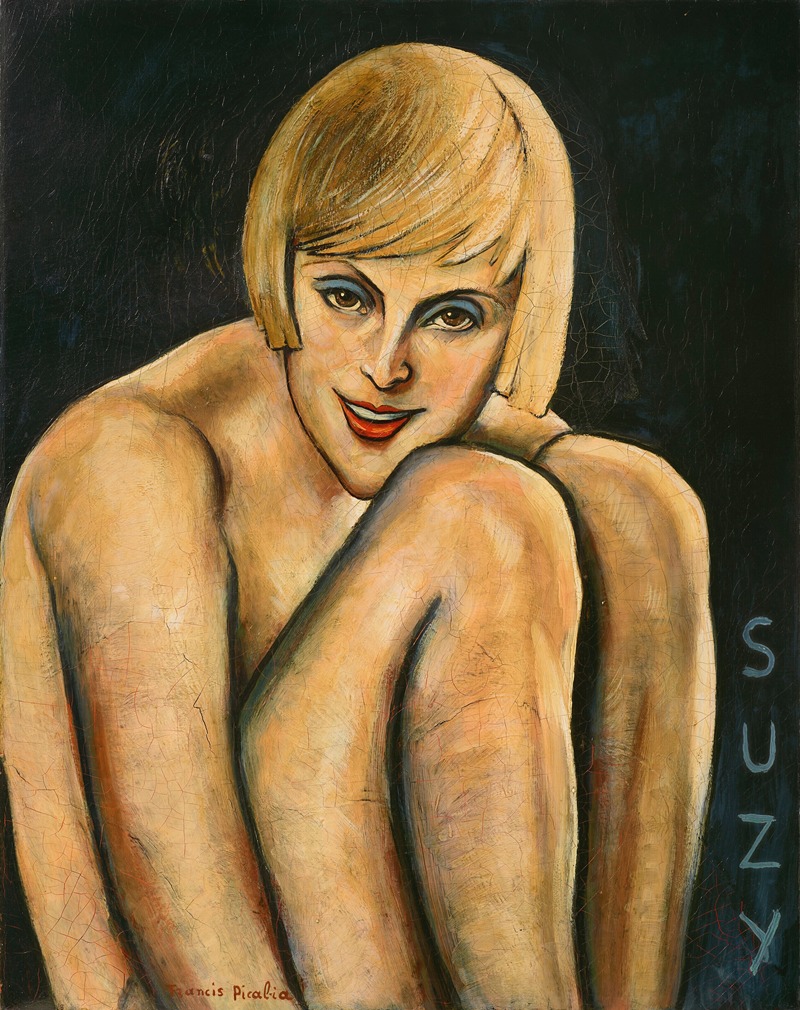
Suzy
A hand-painted replica of Francis Picabia’s masterpiece Suzy, meticulously crafted by professional artists to capture the true essence of the original. Each piece is created with museum-quality canvas and rare mineral pigments, carefully painted by experienced artists with delicate brushstrokes and rich, layered colors to perfectly recreate the texture of the original artwork. Unlike machine-printed reproductions, this hand-painted version brings the painting to life, infused with the artist’s emotions and skill in every stroke. Whether for personal collection or home decoration, it instantly elevates the artistic atmosphere of any space.
Francis Picabia, a French avant-garde painter, is known for his diverse artistic styles and contributions to movements such as Dadaism and Surrealism. One of his works, "Suzy," reflects his innovative approach to art, though specific details about this particular painting are limited.
Francis Picabia was born on January 22, 1879, in Paris, France. He began his artistic career influenced by Impressionism and later transitioned through various styles, including Cubism, Dadaism, and Surrealism. Picabia was a key figure in the Dada movement, which emerged during World War I as a form of artistic anarchy against the cultural and political norms of the time. His work often challenged traditional perceptions of art and embraced a spirit of experimentation and rebellion.
"Suzy" is one of Picabia's paintings that exemplifies his eclectic style. While specific information about the painting's creation date, medium, and dimensions is not readily available, it is known that Picabia often used unconventional materials and techniques in his work. His paintings from the Dada period frequently incorporated mechanical imagery and abstract forms, reflecting his interest in the intersection of art and technology.
Picabia's work, including "Suzy," is characterized by its playful and provocative nature. He often employed humor and irony, questioning the very essence of art and its role in society. This approach is evident in many of his works, where he blurred the lines between high art and popular culture, challenging the viewer's expectations.
Throughout his career, Picabia was associated with several influential artists and writers, including Marcel Duchamp, Man Ray, and André Breton. His involvement with the Dada movement was particularly significant, as he contributed to its spread across Europe and the United States. Picabia's work was featured in numerous exhibitions and publications, solidifying his reputation as a leading figure in the avant-garde art scene.
Despite the lack of specific information about "Suzy," it can be appreciated within the broader context of Picabia's oeuvre. His ability to continually reinvent his style and challenge artistic conventions has left a lasting impact on modern art. Picabia's work continues to be studied and celebrated for its originality and influence on subsequent generations of artists.
Francis Picabia passed away on November 30, 1953, in Paris, leaving behind a diverse body of work that defies easy categorization. His legacy is marked by his relentless pursuit of innovation and his willingness to push the boundaries of what art could be. "Suzy," like many of Picabia's works, remains a testament to his unique vision and enduring influence on the art world.





